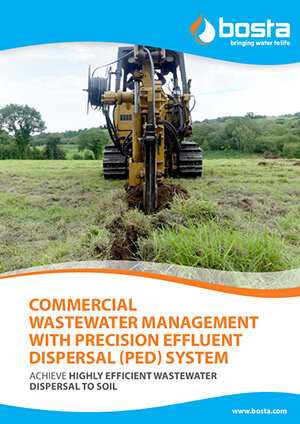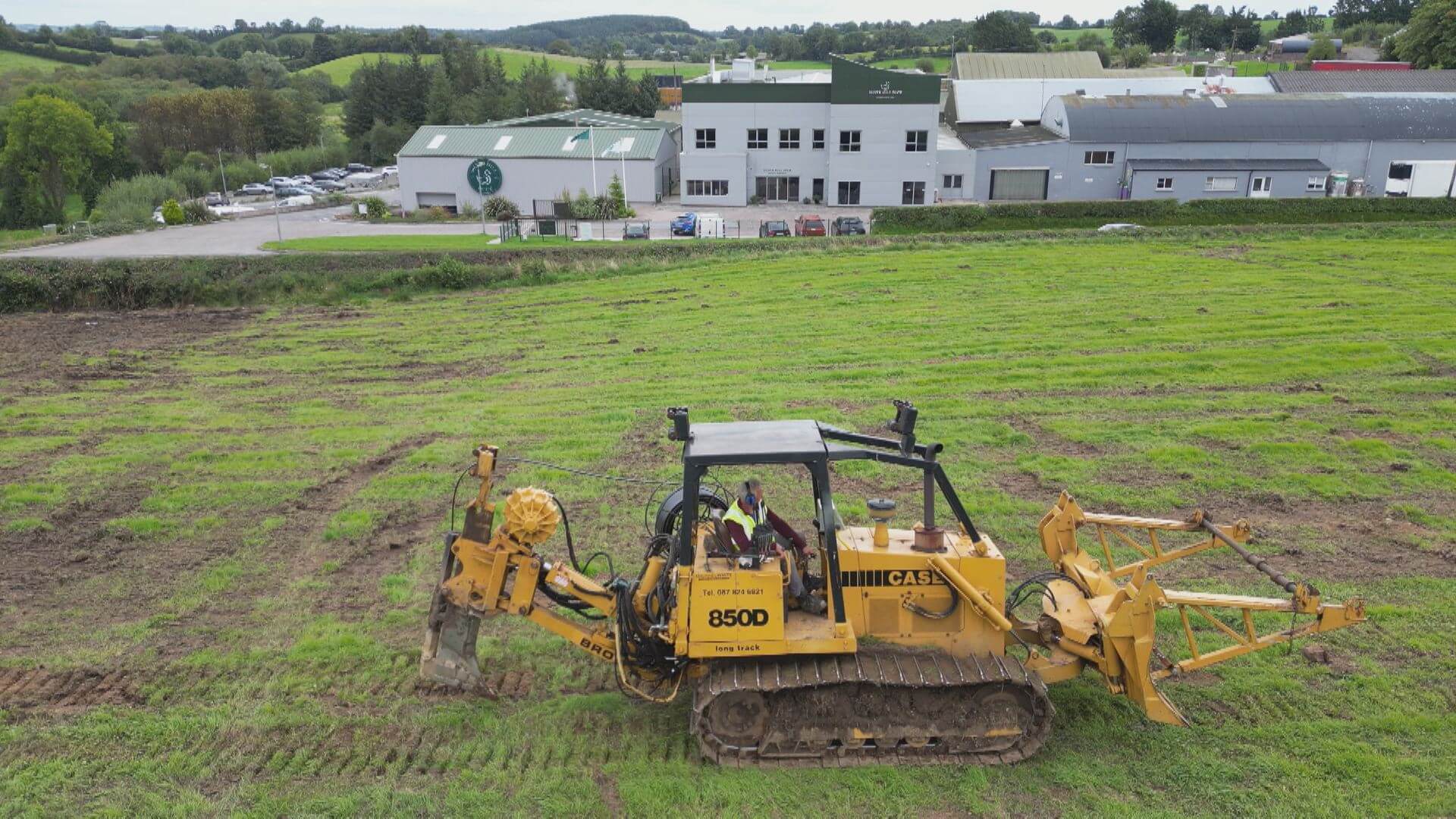
Success Stories
Read about the companies already benefitting from the innovative PED system.
Silver Hill Duck
Following the successful installation of Bosta’s innovative PED system, Silver Hill Duck has become the first company in Ireland to receive EPA approval for the full-scale wastewater dispersal drip irrigation system at their site in Co. Monaghan.
“This is a hugely important milestone in the company’s history and one that secures a sustainable future for Silver Hill Duck.”
The team at Silver Hill.
JMW Farms
Bosta UK in partnership with MEHS, designed and installed Europe’s first ever bespoke pig slurry treatment plant - a combination of Dewatering, MBBR Treatment, Clarification and Precision Effluent Dispersal (PED). The system allows the business to eradicate the use of diesel engine lorries and move over to sustainable green energy gas.
Their commitment to eradicating the impact of direct slurry spreading is supported by the PED System with controlled subsurface effluent dispersal across the 28ha site, meeting all EPA requirements for land management and supporting The Water Framework Directive in reducing nutrients to ground and surface water.
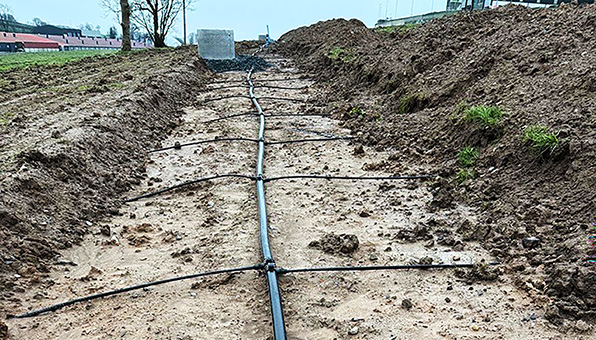
Introducing the PED System
Precision Effluent Dispersal (PED) or subsurface drip irrigation, or more appropriately for wastewater applications, subsurface drip distribution (SDD), is the most efficient method currently available for application and subsurface dispersal of wastewater to soil.
Due to its effectiveness, drip distribution represents a viable option for wastewater disposal for all soil types. The technology is commonly utilised at sites where point source discharges and Local Authority or EPA limits are unsuitable due to the environmental sensitivity of receiving watercourses.
Key advantages of the PED System
Nutrient Management: The PED system has the potential to be the most efficient method available today with the soil been used for nutrient management:
- The application of the wastewater to land via the PED system avoids the nutrients entering surface water.
- The Water Framework Directive requires the reduction of nutrients to ground and surface waters, and the application of the PED system facilitates this.
Large scale uniform subsurface dispersal: The best available technology for uniformly dispersing and reusing wastewater across a broad subsurface area. By dosing small volumes of wastewater at predetermined intervals throughout the day via a pressurised piping network, it ensures near-uniform distribution across the entire dispersal area.
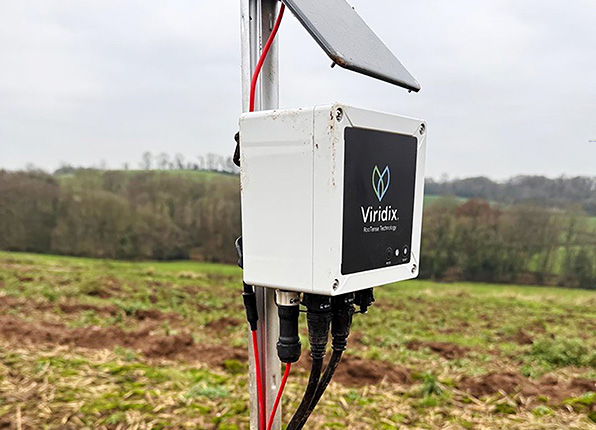
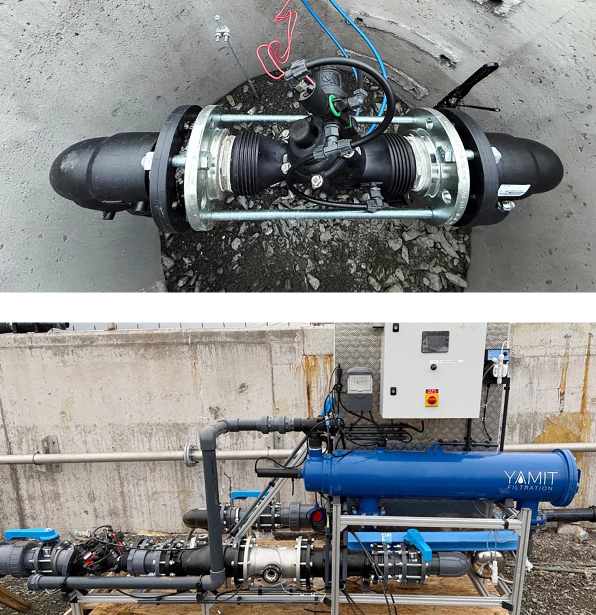
The composition of the PED System
- The drip field: Comprising of the dripline, supply and return manifolds, valves (zone, check, flush, air/vacuum release, and isolation), pressure regulators (where necessary) and associated fittings such as specialised connectors, valve boxes, or other types of containers. The drip field may be divided into multiple zones, each independently dosed to ensure precise wastewater distribution.
- The pumping system: Responsible for pressurising the driplines and includes pumps, a dosing tank, and associated piping, valves, and fittings.
- The filter system: Removes suspended solids and debris that could clog the drip emitters. It may also incorporate a flow meter, pressure gauges, isolation valves, and a pressure reducer.
- The control system: Manages the operation of pumps and solenoid valves for dosing the drip fields, filtering wastewater, and flushing both the drip field and filters.




